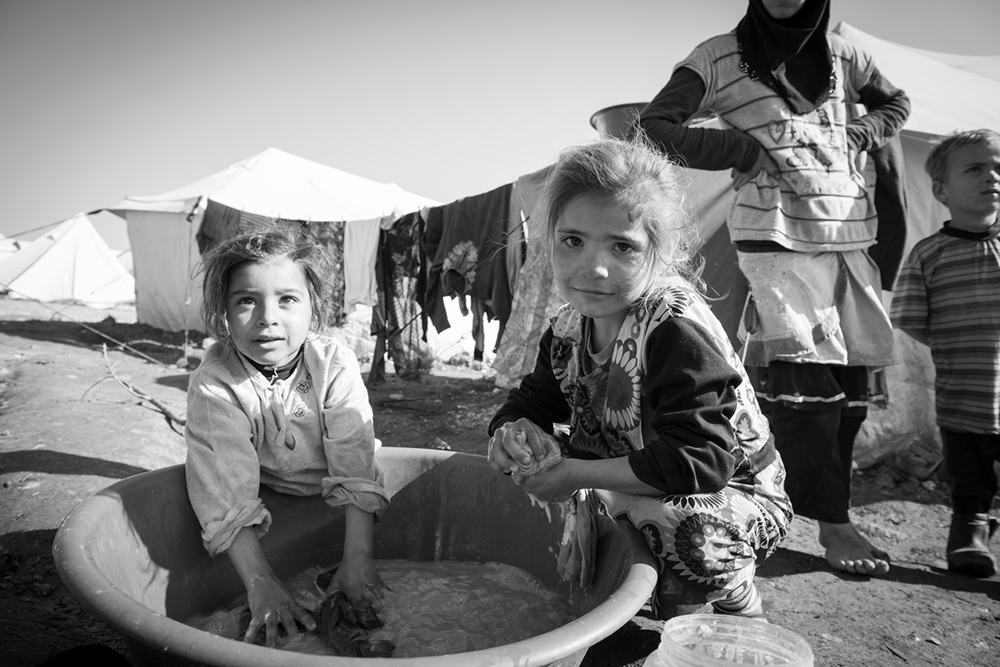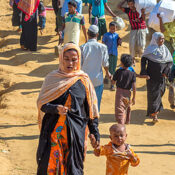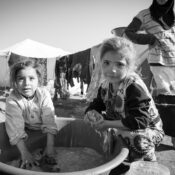
Refugees in 2024: How Struggles Have Evolved Over 20 Years
Comparing Past and Present Challenges
The plight of refugees has always been marked by hardship and resilience, but the nature of their struggles has evolved significantly over the past two decades. In 2024, refugees face new and intensified challenges compared to those experienced 20 years ago. Advances in technology, shifts in geopolitical landscapes, and changes in global policies have all contributed to altering the refugee experience.
One of the most significant changes is the increased number of displaced people worldwide. In 2004, conflicts and natural disasters displaced millions, but the scale of displacement has grown dramatically due to ongoing wars, climate change, and political instability. This surge in numbers has strained the capacity of host countries and humanitarian organizations, leading to overcrowded camps and insufficient resources to meet basic needs.
Technological advancements have also played a dual role in the refugee experience. On one hand, digital tools have improved communication and access to information, helping refugees navigate their journeys and connect with loved ones. On the other hand, the digital divide remains a significant barrier. Many refugees lack access to the internet or digital literacy, limiting their ability to benefit from these technologies fully.
New Dynamics and Ongoing Issues
The political climate surrounding refugees has become increasingly polarized over the past 20 years. In many countries, there has been a rise in nationalism and anti-immigrant sentiment, leading to stricter immigration policies and reduced support for refugees. This shift has made it harder for refugees to find asylum, integrate into new societies, and access essential services.
Economic challenges continue to be a significant issue for refugees. While the global economy has changed, the economic opportunities available to refugees have not necessarily improved. Many still struggle to find stable employment and face exploitation in informal labor markets. Additionally, the economic impact of the COVID-19 pandemic has further limited job prospects and exacerbated poverty among refugee populations.
Climate change has emerged as a critical factor influencing refugee flows. Increasingly severe weather events and environmental degradation have displaced millions, creating a new category of climate refugees. These individuals often face compounded vulnerabilities, as they not only need to rebuild their lives but also deal with the long-term impacts of environmental changes on their homelands.
Despite these evolving challenges, the resilience and adaptability of refugees remain constant. Community support systems, both among refugees and within host countries, continue to play a vital role in helping individuals and families navigate their new realities. Advocacy and humanitarian efforts persist, aiming to address the immediate needs of refugees while pushing for long-term solutions and policy changes.
As we move forward, it is crucial to learn from the past and adapt our responses to the changing dynamics of refugee experiences. By fostering inclusive policies, leveraging technology for good, and addressing the root causes of displacement, we can better support refugees in 2024 and beyond, ensuring that their struggles are met with empathy, action, and hope.




